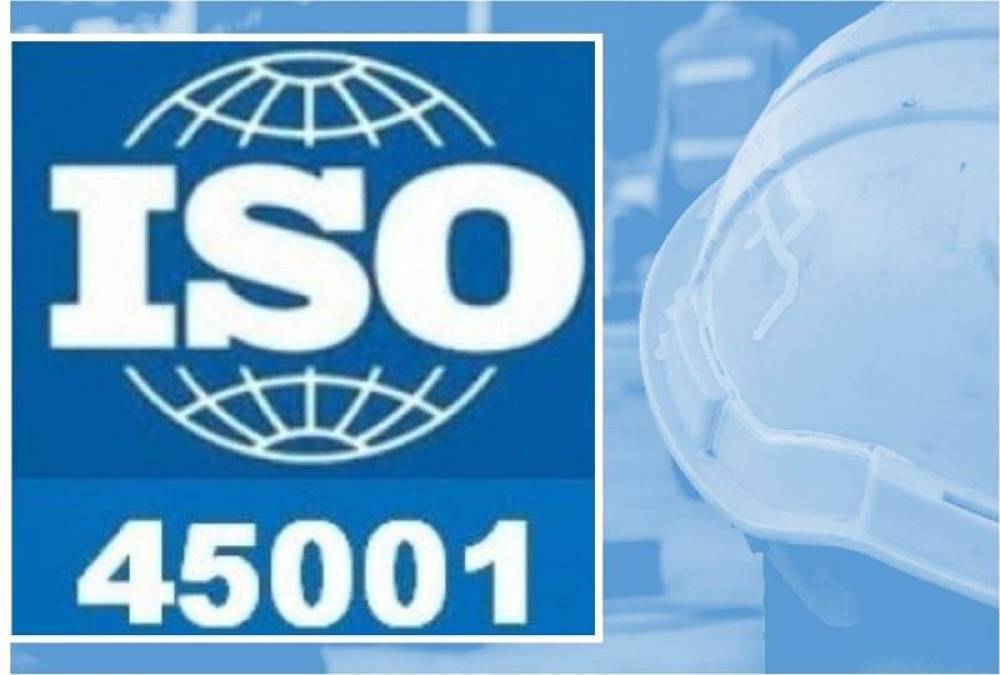
On 12th March 2018 the long-awaited ISO 45001 standard is published.
What is ISO 45001?
Designed to replace the existing OHSAS 18001 accreditation and to bring an international occupational health and safety management standard under the ISO umbrella, ISO 45001 will be a popular accreditation for companies seeking to proactively improve their occupational health and safety performance in preventing injury and ill-health.
Organisations who currently have OHSAS 18001 will be looking to migrate to the new standard, particularly if they have existing ISO accreditations, typically ISO 9001 (quality management system) and ISO 14001 (environmental management system), which should be relatively seamless.
Migrating to ISO 45001 will have several benefits, not least the fact that it will follow the existing core ISO framework (commonly known as Annex SL):-
What are the benefits and advantages?
Adopting the new standard It will enable companies to:-
- Develop and implement an OH&S policy and OH&S objectives
- Establish systematic processes which consider the context of the business and its marketplace and which take into account its risks and opportunities, legal and other requirements
- Determine the hazards and OH&S risks associated with its activities, seeking to eliminate them or putting in controls to minimize their potential effects
- Establish operational controls and increase management and staff awareness to effectively manage its identifiable OH&S risks
- Evaluate its OH&S performance and seek to improve it by taking appropriate actions
- Ensure effective leadership within the management and active worker involvement in OH&S matters
Additional advantages include:-
- Improving the ability to comply with and respond to regulatory compliance issues
- Reducing the overall costs of incidents
- Reducing downtime and the costs of disruption to operations
- Reducing the cost of insurance premiums
- Reducing absenteeism and employee turnover rates
- Recognition for having achieved an international benchmisoark leading to improved business opportunities (so many tenders now expect certain accredited management standards as a minimum as part of their pre-qualification questionnaires and documentation or to be on their approved suppliers list)
Which companies should seek ISO 45001 accreditation?
The ISO 4500 standard is designed for any company, regardless of size, type and nature and has the advantage of being adapted to suit the company’s own management processes.
It can be used as a standalone management system or integrate with other management systems such as ISO 9001, ISO 14001.
Why should companies adopt ISO 45001?
Whilst no ISO or other accredited management standard is legally binding nor does having the accreditation guarantee a safe place of work or prevent prosecution by the regulatory bodies (e.g. HSE, Local Authority) or claims for compensation arising out of an accident at work, the standard establishes a framework which is designed to promote and maintain a safe place of work.
One of the key features of ISO 45001 is overall risk management through effective leadership and employee engagement, areas which are a key focus promoted by the Institute of Directors and looked at by the regulatory bodies in accident investigations.
The new standard comes at a time when the number of health and safety prosecutions increased by 80% in 12 months (as of Nov 2017), total fines increased from £38.8M to £69.9M, inspections by the HSE and Local Authorities have increased by 5% with almost 12,000 enforcement notices issued.
Similarly, the number of company Directors prosecuted for health and safety offences have trebled in recent years (2016-17 period).